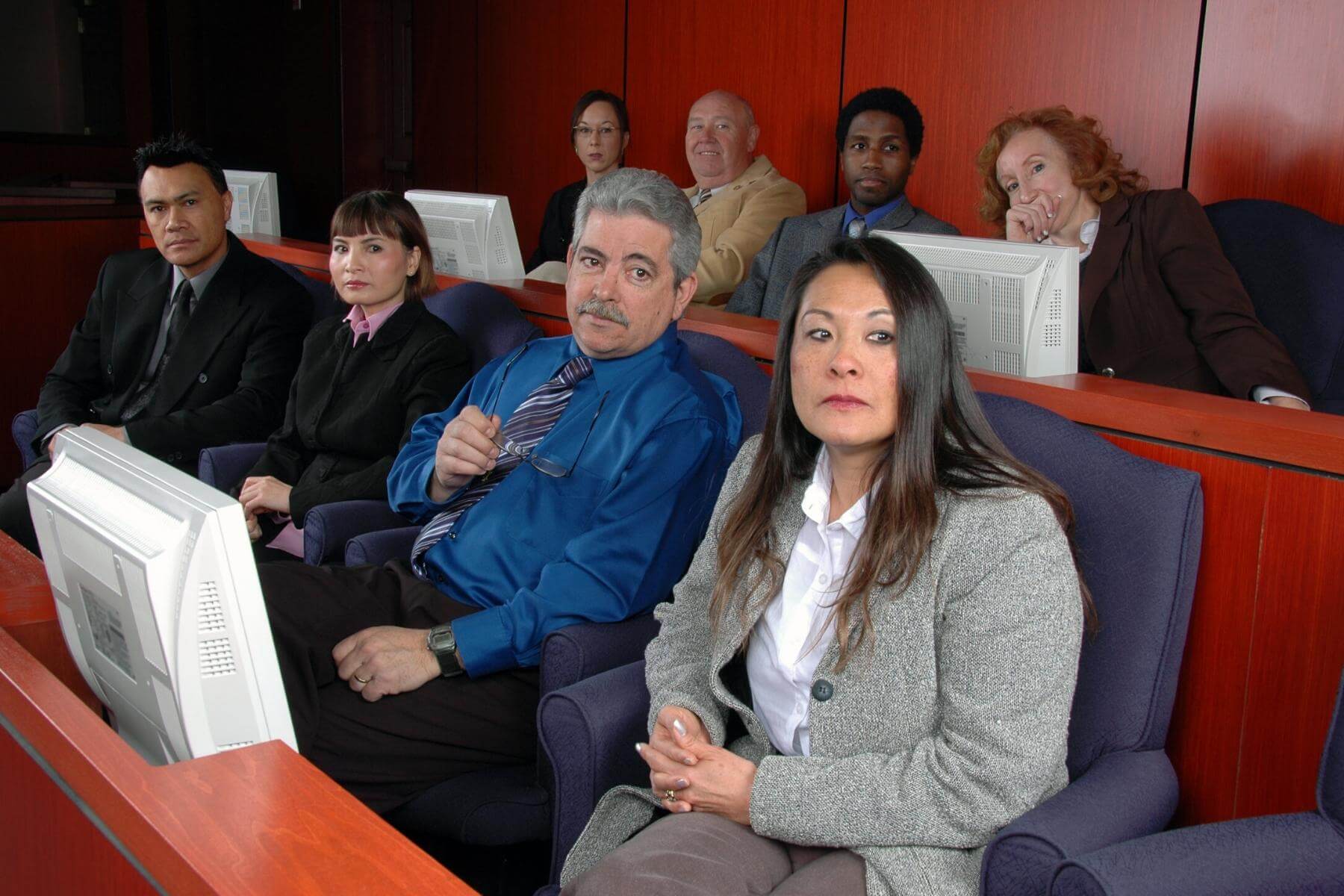Law firms rely on powerful trial presentations to present evidence clearly.
Wiki Article
Exactly How Trial Presentations Enhance Your Disagreement and Persuade Jurors
Trial presentations work as a crucial system for improving lawful disagreements and persuading jurors. By incorporating visual aids, narrative frameworks, and psychological engagement, lawyers can produce a compelling case that resonates on numerous levels. The critical usage of visuals not only clears up complex details however also catches jurors' focus extra successfully than words alone. Nonetheless, the art of narration plays an equally vital role in changing valid proof into an engaging story, forming jurors' understandings - trial presentations. Comprehending these components can substantially impact test outcomes, raising the question of just how each element adds to this complex dynamic.
Importance of Aesthetic Aids
Visual help play a vital function in improving the performance of test presentations, as they can considerably enhance audience engagement and retention of info. In the context of a test, where jurors are tasked with handling complex info, visual help serve to simplify and clarify bottom lines. Graphes, graphs, and photos can communicate data and concepts that might otherwise overwhelm or perplex jurors, permitting for a more uncomplicated understanding of the evidence offered.Additionally, visual aids help in keeping juror attention throughout the process. By breaking the monotony of spoken testament, these tools can punctuate crucial disagreements, making them a lot more remarkable. Effective visual help can likewise evoke emotional feedbacks, which can be crucial in encouraging jurors to line up with the presenter's narrative.

Crafting Engaging Narratives
An engaging narrative is necessary in test presentations, as it functions as the foundation of effective persuasion. It allows attorneys to weave together truths, evidence, and emotional aspects into a meaningful story that resonates with jurors. This narrative framework enables jurors to comprehend the intricacies of the situation while assisting them with the lawyer's debate.To craft a compelling narrative, attorneys must concentrate on clarity and comprehensibility. Furthermore, the use of dazzling summaries can produce mental pictures that aid jurors visualize the events, making the narrative more memorable.
Furthermore, integrating vital themes throughout the presentation reinforces the core message read the full info here and help in retention - trial presentations. The story should not only convey information but additionally evoke a sense of justice, highlighting the stakes included. Eventually, a well-constructed narrative cultivates a connection between the jurors and the instance, positioning the attorney's argument as both legitimate and engaging, thus enhancing the chance of a desirable decision

Involving the Court Psychologically
Efficient court engagement pivots on the lawyer's ability to attach with jurors on an emotional read the full info here degree. This connection can substantially affect jurors' assumptions and their utmost decision-making.Aesthetic aids, such as pictures or videos, can further improve psychological interaction, offering jurors with vibrant depictions of the situation's human components. you could try this out Crafting a narrative that highlights the battles and triumphs of the people entailed guarantees that jurors see past the lawful disagreements and acknowledge the human effects of their choices.
A lawyer's passionate distribution can reverberate with jurors, reinforcing their emotional investment in the case. It's important to balance emotional appeals with accurate proof, guaranteeing that jurors really feel urged to act while continuing to be grounded in the reality.
Structuring Your Discussion

The body of the discussion need to be rationally segmented right into essential factors, each supported by compelling proof. It is beneficial to use storytelling strategies to weave facts right into a narrative that jurors can easily adhere to. Aesthetic aids, such as charts and video clips, can improve comprehension and involvement, aiding to highlight crucial pieces of evidence.
Real-World Study
Taking a look at real-world study offers vital understandings right into the art of trial presentations and persuasion. For example, the site case of "O.J. Simpson v. The People of The golden state" shows how aesthetic aids and compelling narratives can guide court assumptions. The defense group properly used a strategy that combined high-profile specialist testimonies with multimedia presentations, which captivated jurors and eventually influenced their decision.
One more significant example is the "McDonald's Coffee Instance," where the complainant's attorneys utilized visuals images of the injuries suffered by Stella Liebeck. trial presentations. This plain visual proof played a vital function in conveying the extent of her burns, causing a substantial jury honor. Such cases show that impactful trial presentations typically rest on the reliable combination of visuals and storytelling to evoke psychological actions from jurors
Moreover, the "Casey Anthony Trial" highlighted the relevance of narrative comprehensibility and trustworthiness. The prosecution's failure to establish a compelling timeline decreased their persuasive power, underscoring the need of a well-structured presentation. Analyzing these situations reveals that effective test discussions need strategic preparation, psychological engagement, and the capacity to reverberate with jurors' values and ideas.
Final Thought
Trial discussions substantially improve arguments and encourage jurors through the strategic use visual help, compelling stories, and emotional engagement. By streamlining complex details and promoting links with the audience, these components produce a memorable and impactful experience. A well-structured discussion balances sob stories with accurate proof, eventually reverberating with jurors' values. The assimilation of these methods not just influences decision-making yet also emphasizes the significance of reliable communication in the court.Report this wiki page